Shipping Containers are Joining Building Code. Now What?
 Paige Welsh | Feb 27, 2019
Paige Welsh | Feb 27, 2019
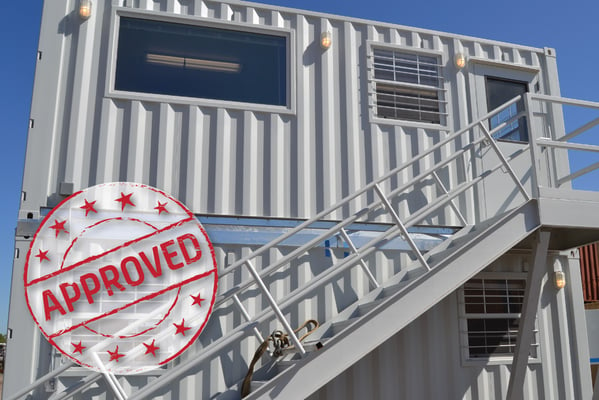
In early February, the International Code Council (ICC) voted to incorporate shipping containers into the 2021 International Building Code (IBC) with a resounding 97% yes vote. So now what? Here’s our forecast for the shipping container-based structure industry.
Once the 2021 IBC is accepted, shipping containers will be treated like any other building material.
Instead of going through the cumbersome Alternative Means and Methods protocol for permitting shipping containers, building code officials will be able to simply look up the IBC’s standards for ISO containers. They will also be able to turn to the ICC’s guidelines for more comprehensive explanations on permitting shipping containers.
Until then, shipping containers will steadily be incorporated into local building codes, jurisdiction by jurisdiction.
Remember, each local government must choose to vote in the IBC as their own legal standards. (See our previous blog for an in-depth explanation of building code terminology and implementation.) This usually doesn’t happen every year—or even every other year. Once the 2021 IBC is released, it will still take several years for authorities having jurisdiction to start working from a version of the IBC that speaks to shipping containers.
Container-based structures will be recognized as legitimate building materials, even before 2021.
Now that containers will be formally incorporated into the 2021 IBC, permitting container-based structures will feel like a safer bet for building code officials. Even if a jurisdiction has not formally voted in the 2021 IBC, code officials can permit container-based structures knowing that the ICC sees containers as a legitimate building material.
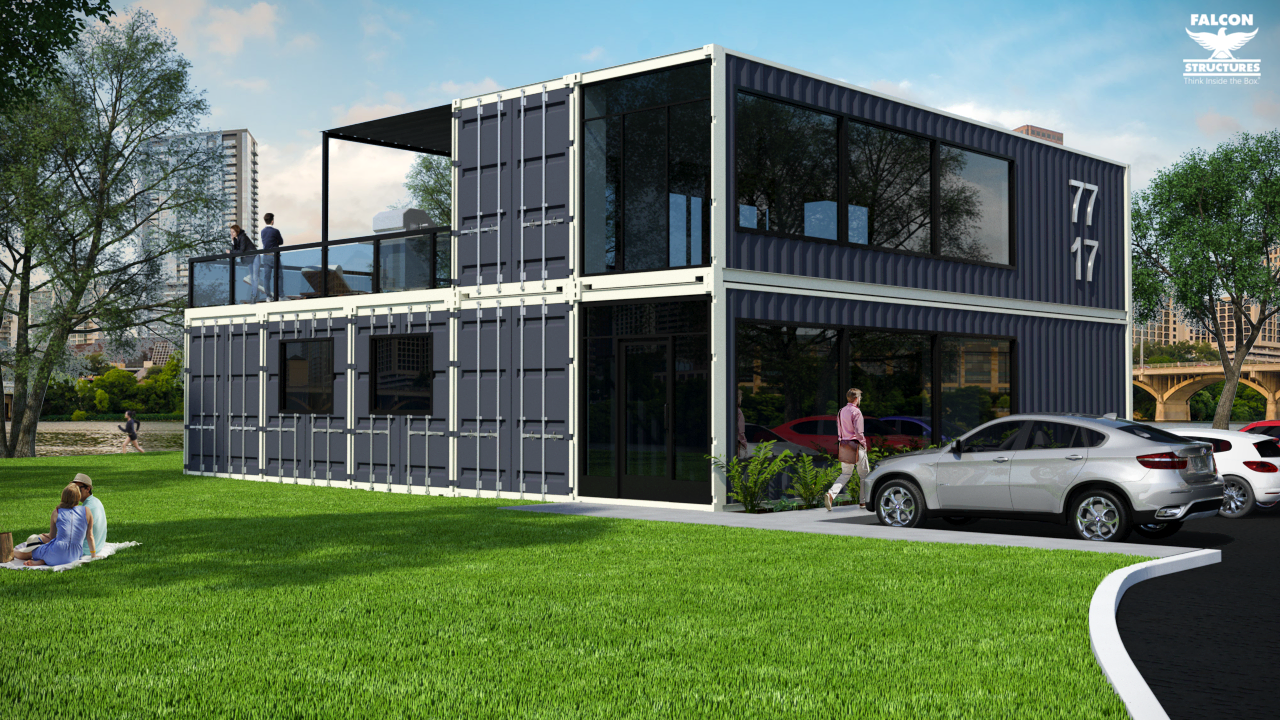
The shipping container-based structures market will grow beyond single-unit applications like enclosures and ground level offices.
Mobile container-based structures like ground level offices are already well established because they’re fairly easy to permit as temporary structures like trailers. The container market also has traction with structures that will not be occupied, like industrial enclosures.
The ratification of the amendment to add container structures to the 2021 IBC will allow the container-based structures market to expand into publicly-occupied multi-container facilities and multi-family housing.
We anticipate modular container-based structures will be an excellent fit for small urban lots, where the traditional construction is cost and time prohibitive. Because container modules can be modified off-site and then transported to an urban lot for fast stacking, they will become a profitable solution for developers.
Falcon Structures and other industry players are scaling up their operations in anticipation of the market growth.
As holders of an ESR report that indicates we can provide AC462-compliant containers, Falcon Structures is anticipating growth. We’ll be hiring so check out our jobs page if you or someone you know is looking to get in on the ground floor of an up and coming industry.
SUBSCRIBE
- Shipping Container Modifications
- How-Tos
- Workspace
- Commercial Construction
- Multi-Container Buildings
- Storage Solutions
- Industrial Enclosures
- Bathrooms & Locker Rooms
- Oil & Gas
- Climate Control
- Green Building
- Living Space
- Industry Insight
- Military & Training Facilities
- Water Treatment Solutions
- Energy
THINK INSIDE THE BOX®
WITH OUR BLOG
Get everything from shipping container basics, to detailed how-tos and industry news in our weekly blog. Stay inspired and subscribe!
RELATED BLOGS
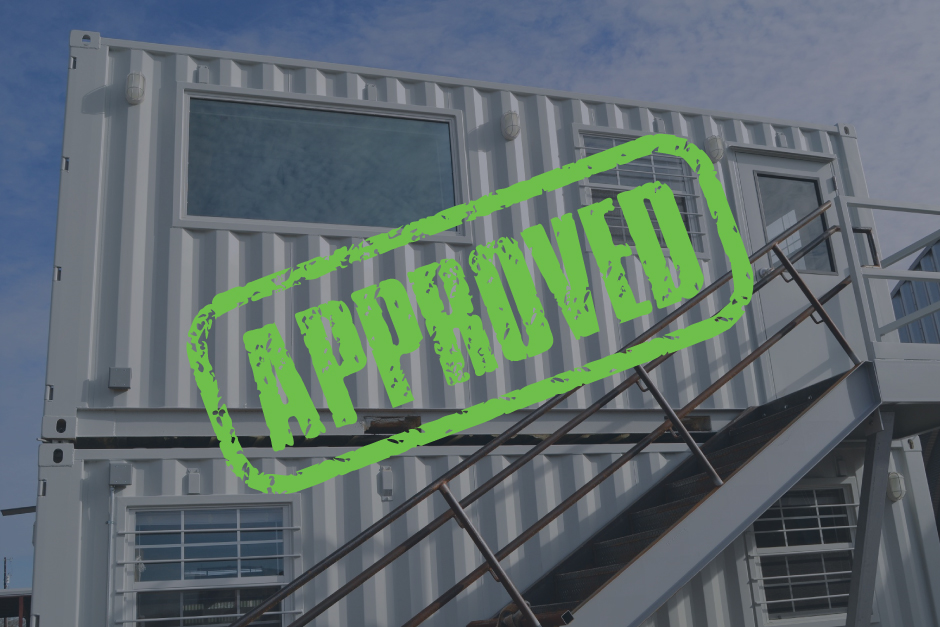
Understanding Permitting: Shipping Container Buildings Code Compliance
Marissa Morin | Sep 28, 2022 | 3 min read
READ MORE
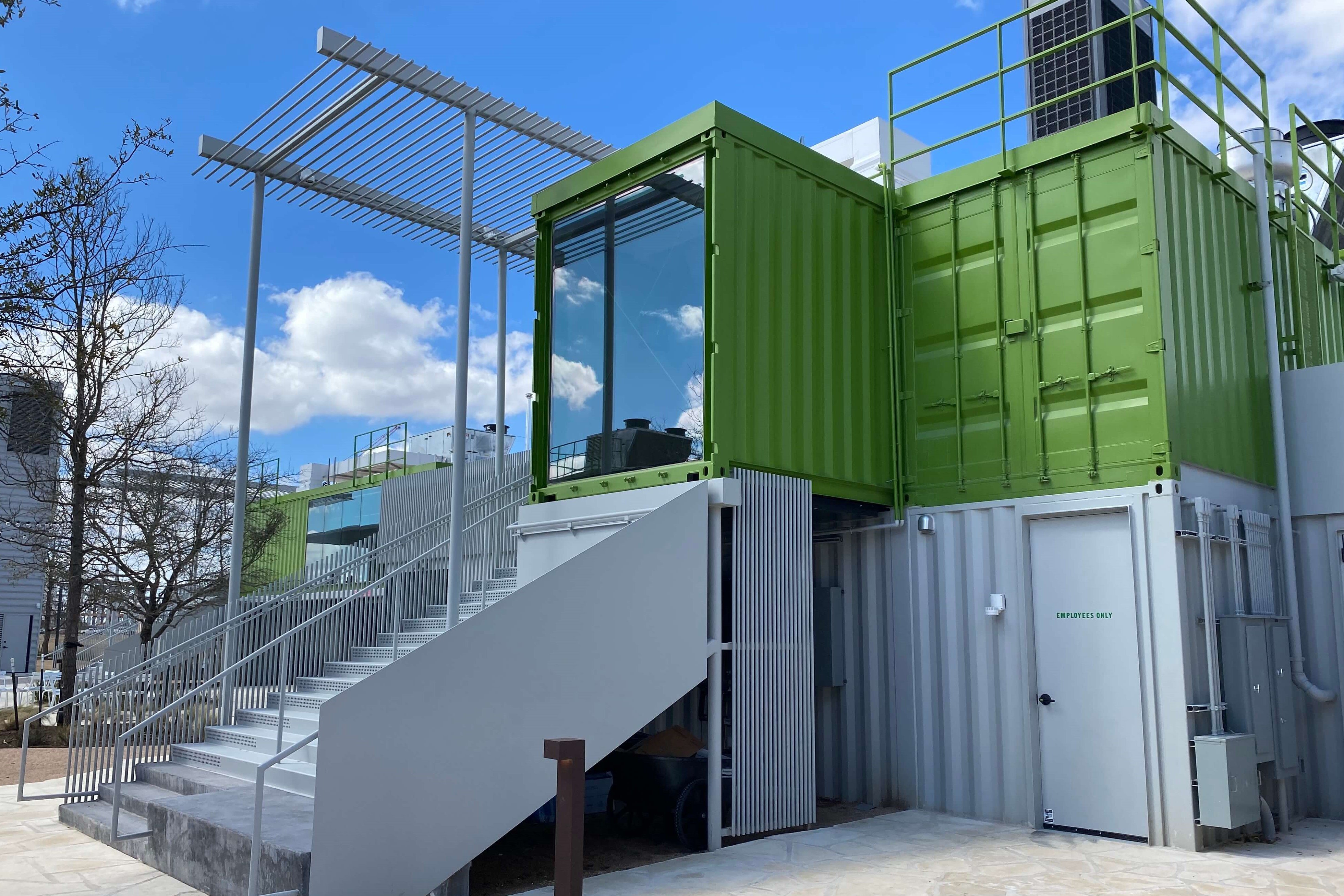
What A General Contractor Should Know Before Building with Shipping Containers
Marissa Morin | Jun 1, 2022 | 3 min read
READ MORE
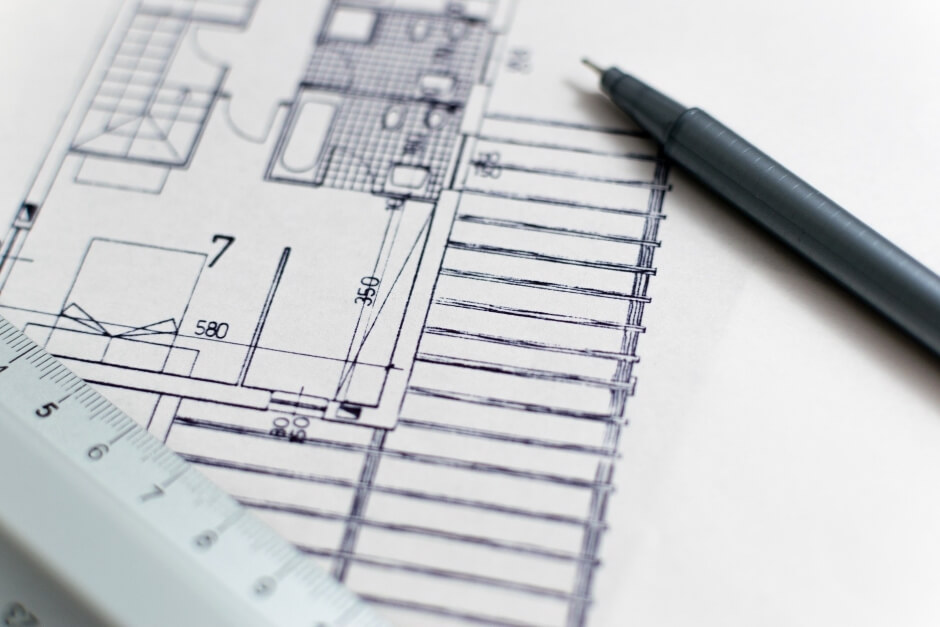
5 Common Modular Building Design Mistakes & Why to Work with an Expert
Marissa Morin | Feb 2, 2022 | 6 min read
READ MORE
